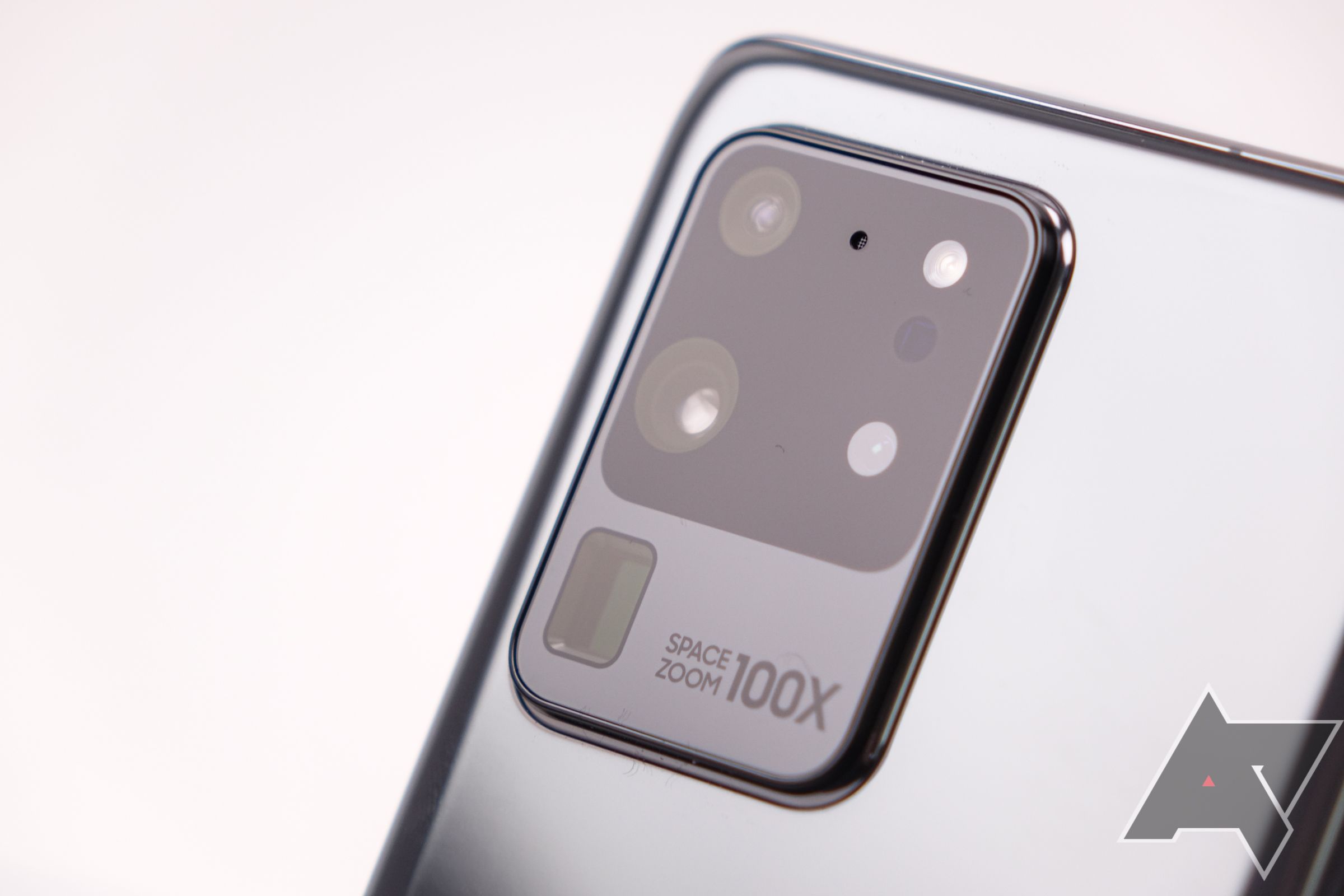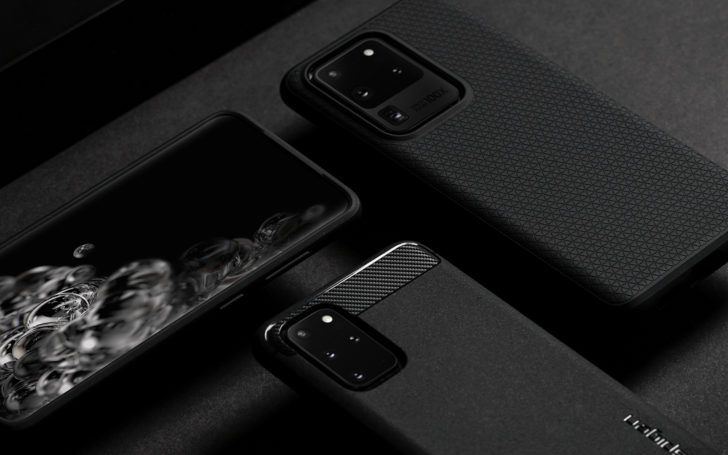This year's Galaxy S phones have fewer camera changes than we expected—unless you go all the way to the top-of-the-line model. Samsung's $1,400 Galaxy S20 Ultra sports a 108MP primary sensor, a 48MP telephoto system (with 100x "hybrid" zoom), and a 12MP ultra-wide. I've only had the S20 Ultra for a few hours, but I've already been playing around with these new cameras. Our full review will include an in-depth discussion of the camera performance, but here's the first batch of sample photos for you to obsess over.
The main 108MP camera defaults to bundling nine pixels together, giving you a 12MP image. Take a look.
You can also bump the camera up to full 108MP mode. These files are too big to post on the site in full resolution, so check out this Flickr gallery.
The only camera carried over from the cheaper S20 devices to the Ultra is the 12MP ultra-wide camera. It's a slightly lower resolution than the Note 10/S10 ultra-wide sensor, but the pixels are larger.
A word from our sponsor: Spigen has once again released a bold case lineup, this time for the all-new Samsung Galaxy S20, S20 Plus, and S20 Ultra. Spigen strives to deliver quality protection packed into a slim frame, wrapped in timeless designs made to last.
Discover cases ranging from bold and sleek, to simple and clear, or strong and classic. Check out the full collection for Samsung Galaxy S20, S20 Plus, and S20 Ultra, now at Amazon.
The cheaper Galaxy S20 devices don't actually have any optical zoom capabilities—they use a cropped high-resolution sensor instead of a telephoto lens. The S20 Ultra, however, sports a 4x periscope lens with the option to digitally zoom up to 100x. Let's look at some zoom progressions.
From left to right: No zoom (primary), 4x zoom, 100x zoom
Left: No zoom (primary), Right: 4x zoom
Left to right: No zoom (primary), 4x zoom, 10x zoom
My time with the S20 Ultra has just started, so I don't have a fully formed opinion on the overall camera performance. I will note, however, that you really need a tripod to make use of the higher zoom factors—the device jiggles too much without one. Samsung's image processing also seems mostly unchanged from the Note 10. These still look like Samsung photos despite the hardware changes.


